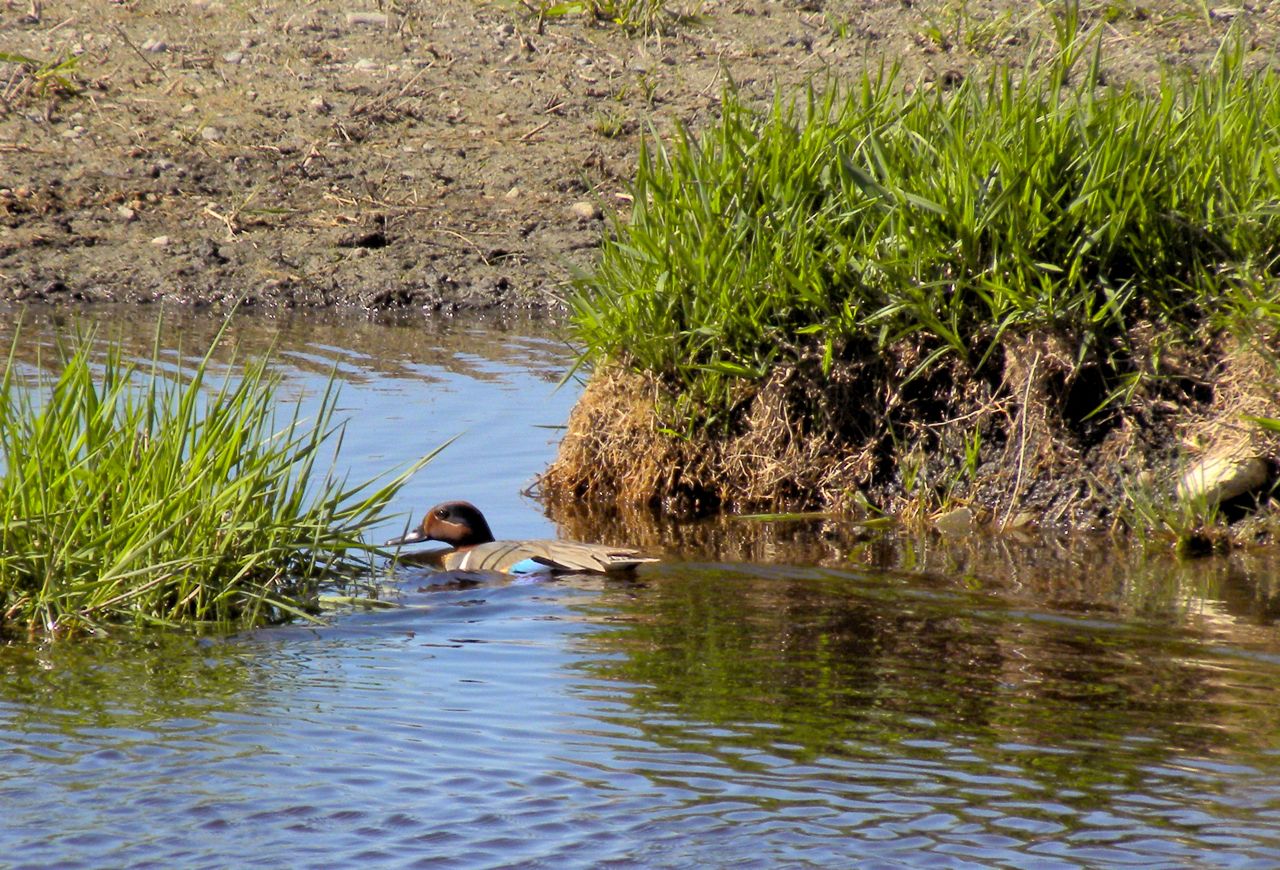
May 13 2013. Cabot Head ON. It feels kind of needlessly self evident to say that birding in new territory is rewarding and exciting; but it’s inescapably true. My days here at the Bruce Peninsula Bird Observatory are full of fresh challenges, some of them related to bird species and choice, some to weather and some to the interpersonal dynamics of a group of people who share but one thing in common, an interest in birds.
The mornings we spend looking at and for birds. We capture a very few of them in mist-nets, we band them, record vital statistics and let them go. Most birds though pass through unseen or maybe if we’re lucky glimpsed fleetingly. The afternoons here are free-time and that’s when I grab a map and explore the rugged countryside nearby. It’s an area of poor or abandoned farms, wetlands, rocky scrub and woodlands; it used to be beef cattle country but now it’s of little value in today’s agricultural economy although wildlife thinks it’s just fine. The area is home to remnant populations of Eastern Canada’s only venomous snake, the Masassauga Ratttlesnake, I haven’t encountered one yet but if it should happen that it’ll be on mutually good terms.
Yesterday was cold – really cold, with snow flurries! Today in the wake of the worst of the weather system, an eye-wateringly cold north-westerly wind has kept most people indoors. The flow of spring migrants has stalled as the tender neo-tropical birds hold back waiting for better conditions. But even so the variety of birds that have arrived and are now either moving through or setting up home is a delight.
In some wet fields beside a country road I found a flock of 12 Lesser Yellowlegs, a pair of Blue-winged Teal and a very handsome Green-winged Teal. Across the road a Sandhill Crane was stalking through a dry upland area picking a meal from among the grass and scrubby thorns. A couple of Eastern Meadowlarks flew away in the direction of a male Northern Harrier who was quartering a distant area of long grasses and dried weeds.
I tallied about 20 species over the afternoon, not a large number but a good and rewarding selection. Bird of the Day was the Green-winged Teal, fashion show smart with his bottle-green and chestnut head and neck over a muted fawn and grey body. I’m told that both Green-winged and Blue-winged Teal bred here last year so it seems safe to assume that it’ll happen again this year. The Lesser Yellowlegs though have a long way to go to reach their Arctic shoreline nesting grounds, as soon as weather conditions improve they’ll be on their way.